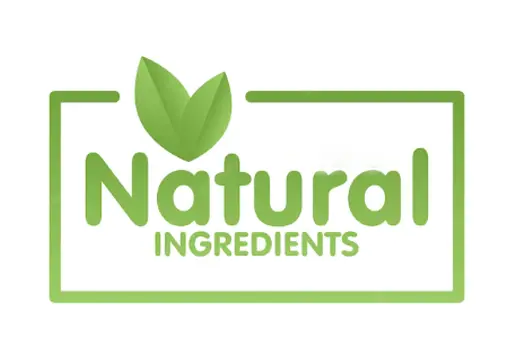Support for Heart Health
EPA Background
Eicosapentaenoic acid (EPA) is an omega-3 fatty acid also known as icosapentaenoic acid and timnodonic acid. Its chemical structure is 20:5(n-3), which means that one EPA molecule is a chain of 20 carbon atoms with 5 double bonds.
The main food source for EPA is fatty fish such as herring, mackerel, menhaden, salmon, and sardines. These fish do not biosynthesize EPA, which is produced by plankton that the fish eat. EPA becomes more concentrated in fish the higher they are in the food chain. Microalgae are the primary plant source of EPA for humans and also the primary commercial source of EPA. Humans can biosynthesize EPA from alpha-linolenic acid (ALA), although this process is much less efficient than the simple intake from food.
EPA is a precursor for several substances important to human nutrition, most notably the fatty acid docosahexaenoic acid (DHA). Other substances required by EPA include leukotriene-5, thromboxane-3, and prostaglandin-3, which affect the clumping of platelets in the blood. EPA also has direct biochemical applications, many of which have to do with joint problems. It may also help with mood lows.
Uses and Benefits of EPA
Many people take EPA fatty acid supplements to support heart health. Other uses of EPA include supporting joint health, weight control, and child development.Signs of EPA deficiency
A deficiency of EPA can cause many specific symptoms due to the many functions EPA performs. Common general signs that you need a supplement EPA include chronic pain, joint discomfort, and fatigue, especially if they have no obvious cause. A weakened immune system is also a sign that you should supplement your EPA intake. Specific signs of EPA deficiency often include hair loss, dry skin, eczema, poor circulation, and mood swings.





